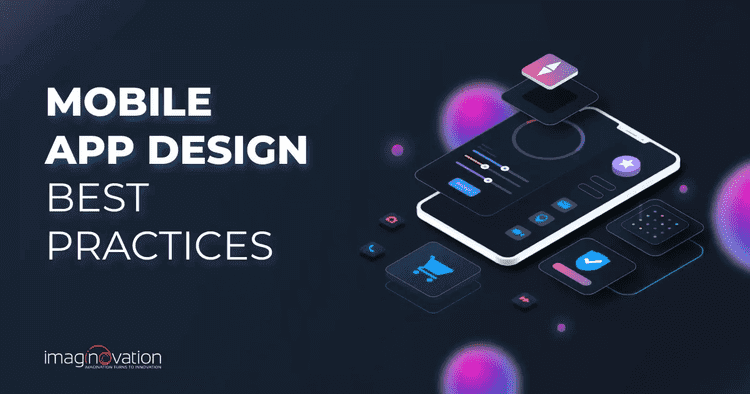Mobile App Design: Best Practices and Guidelines


The mobile app market is an ever-growing industry, with millions of apps available for download and billions of dollars in revenue generated each year. With such a competitive market, it’s crucial for app designers to create visually appealing and user-friendly apps that stand out from the crowd. In this article, we’ll explore the best practices and guidelines for mobile app design, ensuring your app not only looks great but also provides a seamless user experience.
Keep User Experience (UX) in Focus
A successful app starts with an exceptional user experience. This means designing an app that is intuitive, easy to use, and serves the needs of the user. Consider the following principles for an outstanding UX:
- Clarity: Keep the interface simple and easy to understand. Avoid clutter and unnecessary elements.
- Consistency: Use consistent design elements, language, and interaction patterns across the app.
- Feedback: Provide immediate feedback to users, letting them know if an action has been successful or if there is an error.
- Flexibility: Cater to a wide range of users, including those with different devices, screen sizes, and abilities.
Prioritize Navigation and Usability
Navigation is an essential aspect of mobile app design, as it allows users to quickly and easily find their way around your app. To optimize navigation:
- Use standard navigation patterns, such as tabs, menus, or swipe gestures.
- Ensure buttons and touch targets are large enough for easy tapping.
- Organize content in a logical hierarchy, making it easy for users to find what they’re looking for.
Optimize for Different Screen Sizes and Devices
With a variety of devices and screen sizes on the market, it’s crucial to design an app that looks and functions well on any device. Implement responsive design principles and test your app on multiple devices to ensure a consistent user experience.
Leverage the Power of Visual Hierarchy
Visual hierarchy is the arrangement of design elements in a way that signifies their importance. By using contrasting colors, sizes, and weights, you can guide users’ attention to the most critical elements. Utilize visual hierarchy to prioritize content and create a clear path for users to follow.
Utilize Color and Typography Strategically
Color and typography play a significant role in setting the tone and mood of your app. Select a color palette that is visually appealing and reflects your brand identity. Choose legible and easy-to-read fonts that complement your app’s design.
Design for Accessibility
Ensure your app is accessible to all users, including those with disabilities. Consider implementing larger text sizes, high-contrast color schemes, and clear descriptions for images and buttons.
Use High-Quality Images and Icons
High-quality images and icons can elevate your app’s visual appeal and create a more polished look. Opt for vector images and icons, as they can scale without losing quality, ensuring your app looks great on any device.
Test, Iterate, and Refine
Continually test your app’s design and functionality with real users. Gather feedback and make improvements based on their experiences. This iterative process will help you refine your app and create a more polished and user-friendly final product.
Conclusion
Creating a visually appealing and user-friendly mobile app is a challenging yet rewarding process. By following these best practices and guidelines for mobile app design, you can ensure that your app stands out in a competitive market and provides an engaging and valuable experience for users. Remember to prioritize user experience, optimize navigation, and leverage visual hierarchy to create an app that is both beautiful and functional.






Responses